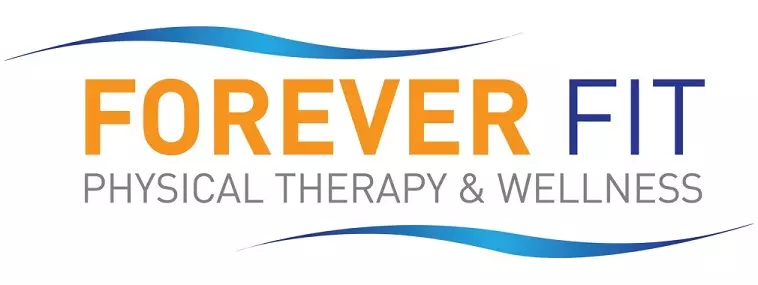Scar tissue is a natural part of your body’s healing process. After an injury or surgery, your body works hard to repair itself. One way it does that is by creating scar tissue. While scar tissue plays a helpful role, it can sometimes cause problems. Scar tissue can limit movement, create stiffness and even lead to pain if it builds up in the wrong way.
Many people believe that physical therapists “break up” scar tissue to promote healing. That’s actually a common myth. The truth is that physical therapists don’t directly break up scar tissue, though they can still provide highly effective treatment. Instead, they use hands-on techniques and movement strategies to help your body form scar tissue in a healthy way. These techniques may reduce pain, improve movement and keep your scar tissue from becoming too restrictive.
Physical therapy can have a lot of positive effects on scar tissue, from improving flexibility to stimulating natural healing processes. In one systematic review, physical scar management showed a large and significant positive effect on the scar surface area. A licensed physical therapist may use a few different techniques to address excess scar tissue buildup. Learning about these can give you a better understanding of how a physical therapist might approach your condition.
How your physical therapist can improve scar tissue buildup
- Manual therapy
Manual therapy is a set of hands-on techniques where a licensed physical therapist uses their hands to gently move or apply pressure to certain parts of your body. When it comes to scar tissue, the goal is typically to help relax tight muscles and improve the flexibility of areas with scar tissue.
After an injury or surgery, the muscles around the healing area may stay tight. This tightness often happens because your body is trying to protect itself. While this reaction is normal, it can lead to pain and reduced mobility. When you move less, your body becomes more stiff, which can cause even more discomfort. It becomes a cycle.
Manual therapy can help interrupt this cycle by:
- Calming your nervous system
- Reducing pain in the surrounding muscle tissue
- Improving blood flow to the healing area
- Enabling more comfortable movements
As your physical therapist works with you, they may apply light pressure, stretch nearby areas, or use slow, rhythmic movements to relax the region. Though these actions don’t remove the scar tissue, they can help it form in a way that supports movement rather than restricting it. Manual therapy can be especially helpful in the first 12 weeks after an injury or surgery, and it may be complemented with prescribed at-home exercises. This early stage is when scar tissue is most moldable. With the right combination of movement and hands-on care, scar tissue may be guided to form in a more flexible and functional way.
- Graston Technique®
The Graston Technique is another method used by licensed physical therapists to help people with scar tissue-related symptoms. This technique uses specially designed stainless steel tools to apply gentle pressure over areas of tightness. The tools allow your physical therapist to feel and address restrictions just below the skin. Like manual therapy, the Graston Technique centers around directly mobilizing soft tissue. The main difference is that physical therapists use their hands to apply manual therapy soft tissue mobilization techniques, while the Graston Technique is an instrument-assisted approach.
The Graston Technique can help promote better healing by:
- Encouraging healthy blood flow to the healing tissue
- Reducing muscle guarding and tightness
- Supporting a more natural range of motion
This technique works best when used alongside stretching and strengthening exercises. That way, the benefits of the Graston Technique can be carried over into real-life movements like walking, reaching or lifting.
- Dry needling
Dry needling is a technique that involves inserting thin, sterile needles into specific areas of muscle tightness or trigger points. These tight spots often develop near areas of scar tissue, especially if the body has been guarding the area due to pain or lack of motion.
While the idea of needles might sound intimidating, dry needling is safe and often provides quick relief. In physical therapy, dry needling is used to:
- Release trigger points and muscle knots
- Reduce guarding and protective tension
- Improve blood flow and oxygen to the healing area
- Create a “reset” that allows easier movement
When the muscles near a scar are tight, they can limit your movement and reinforce feelings of pain. This protective response can lead to even more stiffness. By relaxing those muscles, dry needling may make it easier for you to move without fear of pain. This can be an essential step in recovery.
Address your scar tissue buildup with Forever Fit
At Forever Fit, we understand how frustrating it can be to feel stuck in your recovery. Whether you’re healing from surgery, managing an old injury or dealing with new symptoms, our team is here to help. You can access personalized care that incorporates techniques like manual therapy and the Graston Technique at any of our Maryland locations. We offer specialized dry needling treatment at our clinic in Rockville.
Ready to move freely and live fully again? We’re here to help you work on your scar tissue! Give us a call today or fill out our appointment request form to get your initial appointment scheduled with us.

